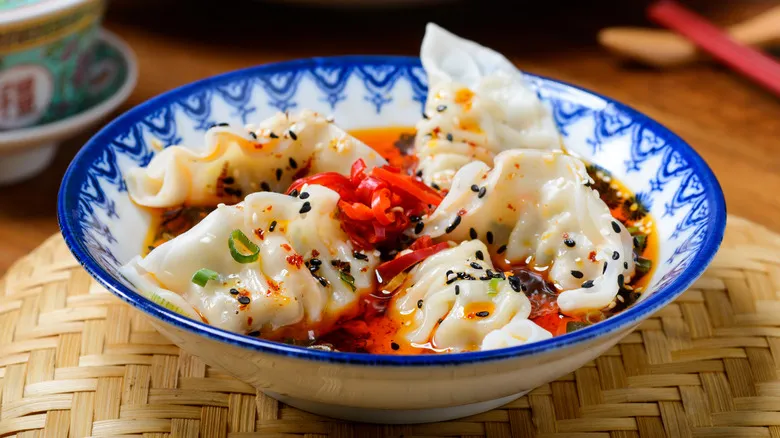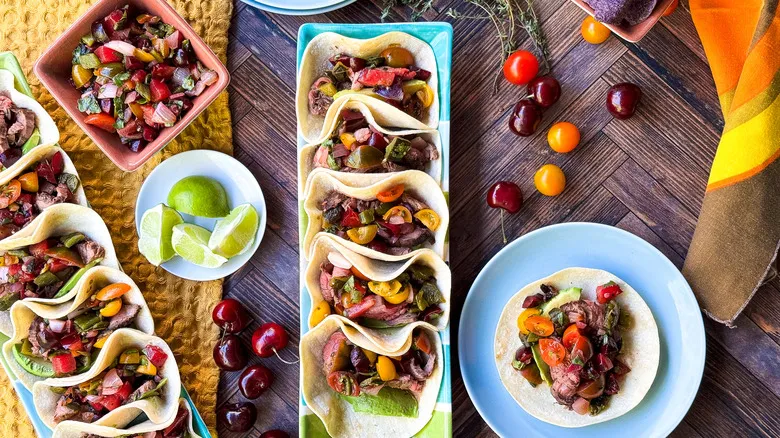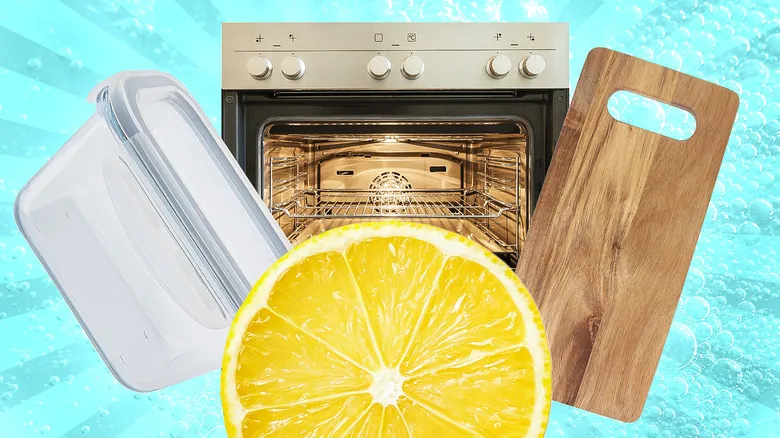Build jiaozi to stay sealed
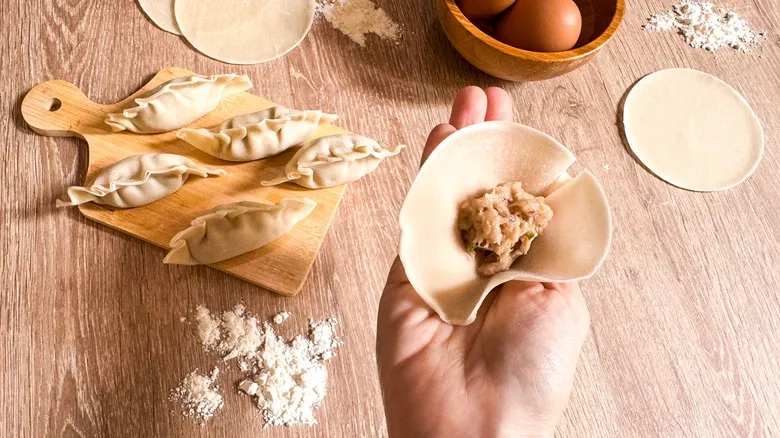
One of the hurdles for novice dumpling makers is mastering the techniques to prevent the dough from cracking, tearing, or disintegrating during the assembly and cooking stages, with each type presenting its own nuances. For instance, a key difference between gyoza and jiaozi is the thickness of their wrappers. Both utilize unleavened wheat flour wrappers, but gyoza wrappers are extremely thin. While they are prone to tearing, they crimp easily and adhere well.
In contrast, jiaozi wrappers are slightly thicker (available pre-made at Asian grocery stores or you can make them yourself). They can withstand a bit more handling, but ensuring the edges stay sealed can be tricky. You definitely want to avoid having the dumplings fall apart while cooking. The first tip is to avoid overfilling them. Proper crimping is also beneficial (there are numerous YouTube tutorials available). Additionally, wetting the edges of the dough is a valuable technique to master.
"Seal the edges of jiaozi with a bit of water, pressing firmly," advises Chef Ken Lin. The simplest method, especially when preparing a large quantity, is to keep a small bowl of cool water nearby while you assemble your dumplings. After adding the filling, dip your fingertip in the water (or use the edge of a towel) and run it along the entire rim of the dumpling. They don’t need to be soaking wet—just think of it like moistening an envelope.
Don't be afraid to go off menu
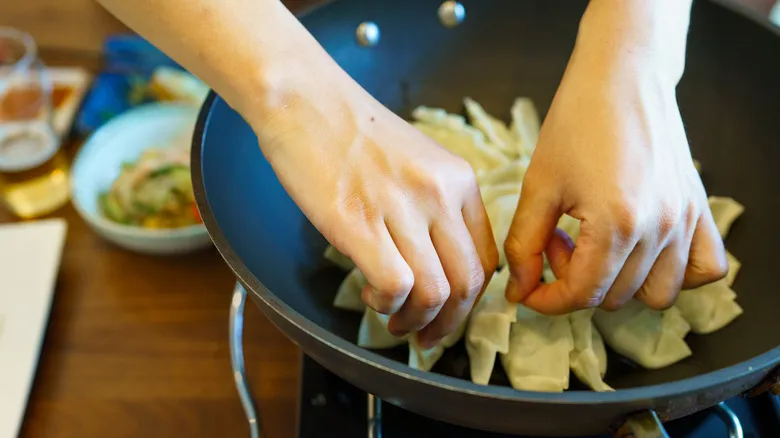
A traditional filling for jiaozi consists of pork, ginger, scallions, and finely chopped or minced cabbage, seasoned with a touch of soy sauce and oil. However, after enjoying a few batches, you might crave some variety. You don’t need to go as extravagant as Lin's restaurant, where dumplings can feature caviar, squid ink, or truffled shiitake mushrooms, but there’s certainly ample opportunity for creative flavor enhancements.
"A touch of black garlic or shiso leaf can elevate the filling with umami and herbal undertones," notes Chef Ken Lin, "perfectly complementing Hutong's refined flavors." You might also consider substituting pork with shrimp, duck, or lobster. The options are endless!
While you can choose to either pan-fry or steam the dumplings, Lin recommends a combination of both for an enhanced experience. "A quick pan-sear before steaming gives a crispy exterior to the soft interior," he explains. If you shape your dumplings with flat bottoms, they can be placed in a bit of oil for pan-searing. Then, simply add a little water and cover until the water evaporates.
Add a tasty dipping sauce
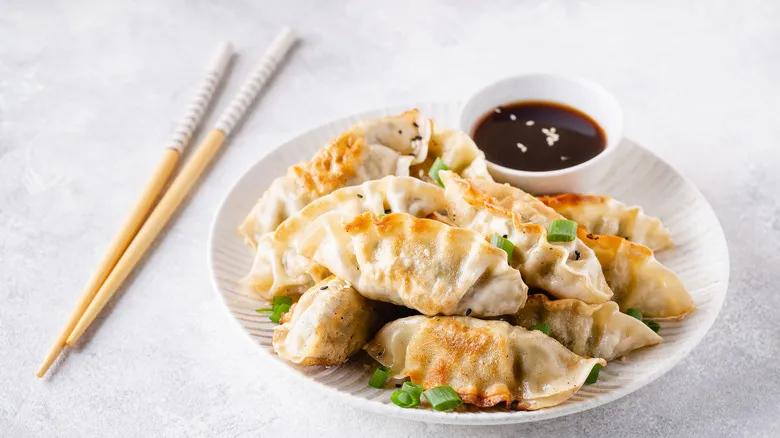
Jiaozi are typically served with a dipping sauce, which can range from something as straightforward as soy sauce or flavorful chili crisp oil to more intricate blends. The complexity increases with the number of ingredients you incorporate—often combining three or four different sauces and liquids. Unlike simply drizzling ketchup on a hot dog, dipping sauce is crafted to enhance the already rich flavor profile of the dumpling. Therefore, similar to the jiaozi's ingredients, you should aim for a balance of sweet, savory, salty, umami, and a touch of spice. You can either purchase a pre-made option, such as Ajinomoto's gyoza dipping sauce, or create your own.
"To achieve a well-rounded sauce, mix soy sauce, aged black vinegar, sesame oil, and honey, adding fresh ginger or chili for an extra layer of flavor," advises Chef Ken Lin. He notes that this type of sauce "embodies Hutong New York's signature style, merging traditional techniques with modern twists for an unforgettable dim sum brunch experience at home."
Recommended

5 Sodas To Try In A Float Instead Of Root Beer
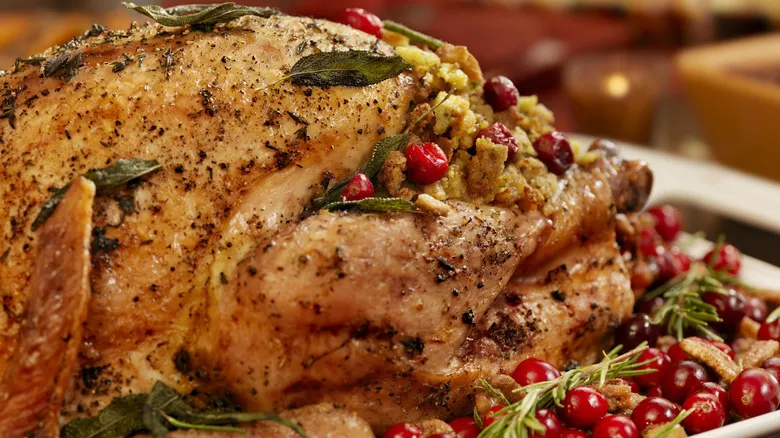
What's In Poultry Seasoning?

5 Seasoning Blends That Transform Your Popcorn
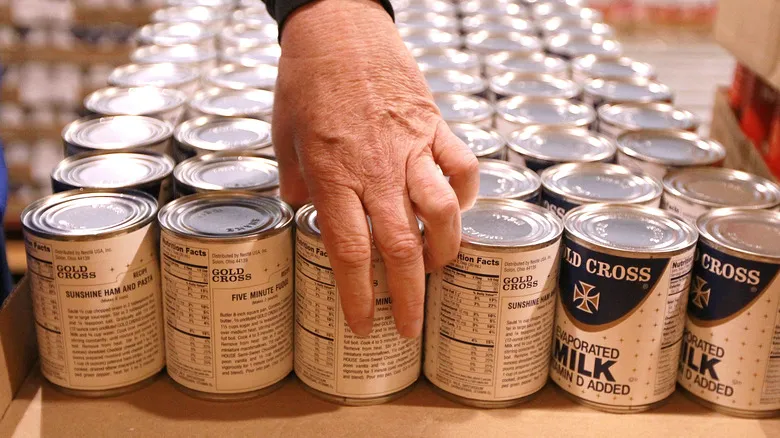
Why You Should Have Canned Milk In Your Pantry
Next up

